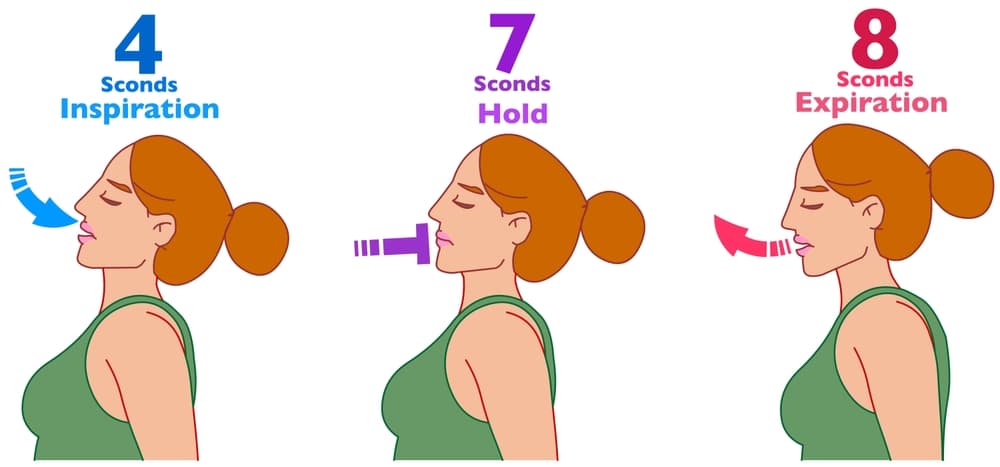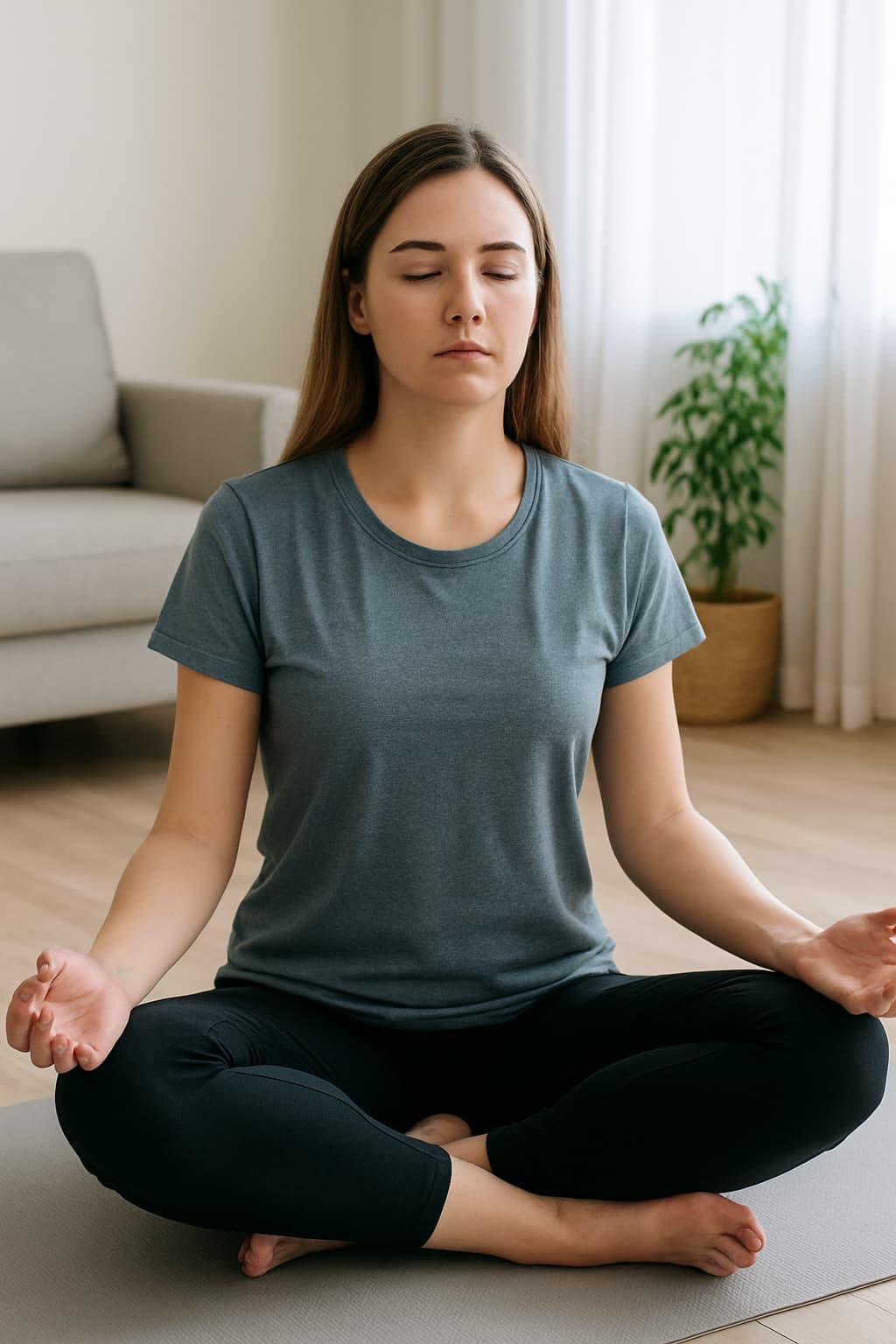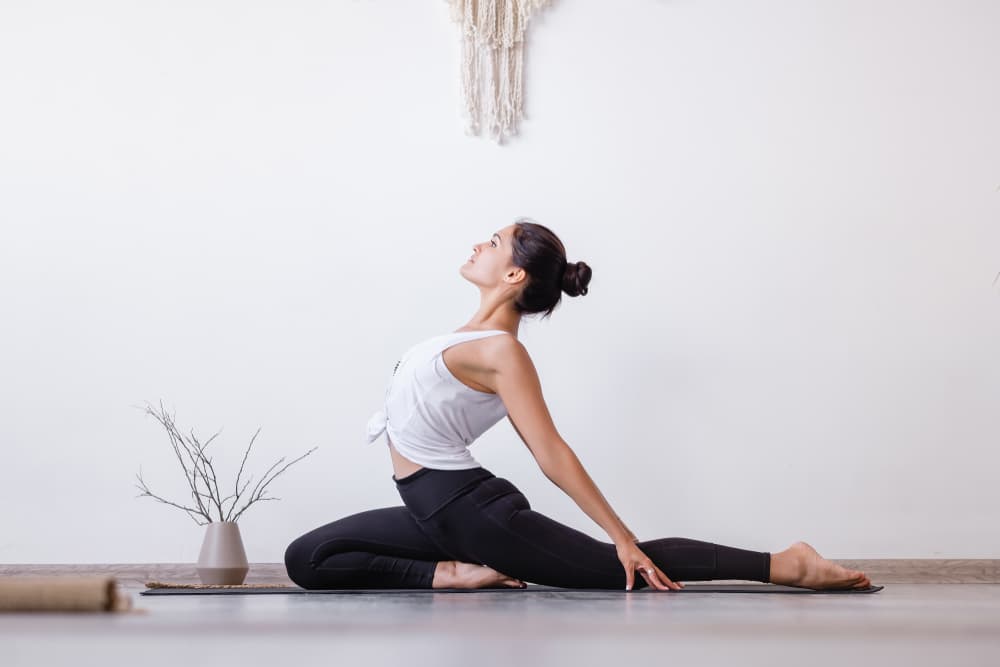The importance of deep breathing exercises for stress relief


We are constantly under stress, from work pressure, personal problems, and various other reasons. Due to stress, our breathing becomes fast and shallow, which has a harmful effect not only on the mind but also on our heart, digestion, and sleep. Among the many ways to reduce stress, the simplest and most effective way is to practice deep breathing. This can activate our parasympathetic nervous system, which calms the body quickly. Regular deep breathing practice relaxes the body’s nervous system, keeps the mind calm, and restores mental balance.Just a few minutes of conscious breathing can reduce anxiety and increase focus and self-control.
Today, we will know why deep breathing exercises are so effective in reducing stress and how they can easily be a part of your daily life.
According to a report by Harvard Health Publishing, regular deep breathing practice reduces levels of cortisol and helps the body recover faster after stress.
What is deep breathing?
It is a conscious technique that wholly and slowly fills the lower part of the lungs with air and then slowly exhales it. When under stress, we breathe shallowly, which uses the upper part of our chest. And so less oxygen reaches the lungs. And during deep breathing, it uses the diaphragm, a major muscle located below the rib cage. Due to the movement of the diaphragm, the abdomen expands and contracts, allowing fresh air to reach the lower part of the lungs and allowing carbon dioxide to be expelled entirely.
Why is it important?
Stress hormone control
Deep breathing calms our body’s fight-or-flight response, which is activated during times of immediate danger or stress. It specifically activates the parasympathetic nervous system. As a result:
- The release of the stress hormone cortisol decreases.
- The heart rate slows down and blood pressure decreases.
- The muscles of the body relax.
Increases oxygen supply
Deep breathing allows sufficient oxygen to enter the entire lung and mix with the bloodstream to reach every cell in the body. Improved oxygen supply helps our brain and muscles work more effectively, which in turn reduces fatigue and increases focus.
Improves mental health
It is very effective in reducing problems like anxiety, panic attacks, and insomnia. With regular practice, it improves mood and brings overall mental peace.
The Mayo Clinic notes that deep breathing helps reduce anxiety, insomnia, and mental fatigue by increasing the flow of oxygen through the body.
Basic techniques for deep breathing
1. Diaphragmatic or belly breathing


This is the most basic and essential Technique for deep breathing. It is basically breathing using the stomach, which increases lung function.
Practice method:
Position: Lie comfortably on the floor or sit upright in a chair.
Hand position: Place one hand on your chest and the other on your stomach (just below the ribs).
Inhale: Take a slow, deep breath through your nose. While inhaling, make sure that the hand on your stomach rises and your chest remains still. It will feel like you are filling your stomach with air.
Hold: Hold your breath for a second or two.
Exhale: Slowly exhale through your mouth (with your lips slightly rounded). While exhaling, let the hand on your stomach fall.
Duration: Do this process for 3 to 5 minutes.
Benefits:
This is a significant method for reducing stress and anxiety.
It increases the function of the diaphragm and increases lung capacity.
2. 4-7-8 Technique


This is a popular technique for quickly calming the mind and eliminating sleep problems. It helps to regulate breathing in a certain rhythm.
Practice Method:
Position: Sit or lie down in any comfortable position. Place the tip of the tongue on the front upper gum.
Preparation: Exhale all the air in the lungs through the mouth with a loud ‘hiss’ sound.
Inhale (4 seconds): Close your mouth and inhale slowly through your nose for 4 seconds.
Hold (7 seconds): Hold your breath for 7 seconds. This step is the most important.
Exhale (8 seconds): Slightly round your lips and exhale slowly for 8 seconds while making a loud ‘hiss’ sound through your mouth.
Repetition: This is a complete cycle. Repeat this cycle a total of 4 times.
Benefits:
Quickly calms the nervous system.
Very effective for good sleep, especially at night.
3. Box Breathing


This Technique is also called four-square breathing. It is very balanced and is used in the military to increase concentration. In this, each step of breathing is done for an equal amount of time.
Practice method:
Position: Sit with your spine straight.
Inhale (4 seconds): Breathe in slowly through your nose for 4 seconds.
Hold (4 seconds): Hold the air in your lungs for 4 seconds.
Exhale (4 seconds): Breathe out slowly through your nose or mouth for 4 seconds.
Hold (4 seconds): Empty your lungs for 4 seconds after exhaling (do not breathe).
Repetition: These four equal steps (4 seconds) form a cycle. Repeat this cycle for 5-10 minutes.
Benefits:
Increases concentration and mental clarity.
Helps reduce stress and anxiety as well as control emotions.
Mental and physical benefits
Mental benefits
Deep breathing exercises directly affect brain function and mental stability. It protects you from anxiety and panic attacks by calming your nervous system. Regular diaphragmatic breathing reduces cortisol and improves your mental state. This makes it easier to control depression or an irritable mood. Increasing oxygen flow to the brain increases concentration. This helps you maintain focus while studying or working. Practicing deep breathing before bed relaxes the body and calms the mind. As a result, insomnia or insomnia problems are eliminated, and the quality of sleep improves.
Physical benefits
Apart from mental peace, deep breathing strengthens the body’s internal systems. Due to the activation of the parasympathetic nervous system, the heart rate slows down and the blood vessels dilate. As a result, high blood pressure is controlled. When the body is relaxed, the digestive process works better. It can help reduce problems like bloating, gas, and IBS. Stress can cause the muscles in your shoulders, neck, and back to tighten. Deep breathing helps relax the body and relieve pain. Chronic stress weakens the body’s immune system. Reducing stress through regular relaxation can boost your immune system and help your body heal faster. Using your diaphragm fully increases your lung capacity, which can deliver more oxygen to every cell in your body.
When to practice?
You can practice deep breathing anytime, anywhere during the day. It doesn’t require any special equipment.
As a daily routine: Incorporate it into your routine to get the most benefits. Practicing for 5-10 minutes after waking up in the morning and before going to bed at night can help reduce stress and improve sleep.
For immediate relief: Start practicing whenever you feel intense stress, anxiety, anger, or a panic attack. It calms your nervous system in an instant.
FAQ
Q 1: How do deep breathing exercises help reduce stress?
Deep breathing exercises help activate the body’s relaxation response by lowering heart rate, reducing blood pressure, and decreasing levels of the stress hormone cortisol. When you take slow, controlled breaths, it signals your nervous system to calm down, which helps you feel more relaxed and focused.
Q 2: How often should I practice deep breathing for stress relief?
For best results, practice deep breathing for 5-10 minutes at least once or twice a day. You can also use it anytime you feel anxious or overwhelmed like before a meeting, during a stressful moment, or before bed to quickly calm your mind and body.
Key Takeaways The importance of deep breathing exercises for stress relief
Deep breathing exercises are a great way to reduce stress. Practicing regular breathing not only gives you peace of mind but also protects you from various problems. It calms our nervous system, reduces high blood pressure, and increases focus. This is a technique that you can use while sitting at your office desk or before going to bed at night.
Why delay? Start today!
Try the 4-7-8 Technique mentioned in the article now. See for yourself what a difference just 3 minutes of practice every day can make in your life.
Let us know how your experience was by commenting below! Please share this vital information with your friends, so that they too can learn this easy way to relieve stress.









